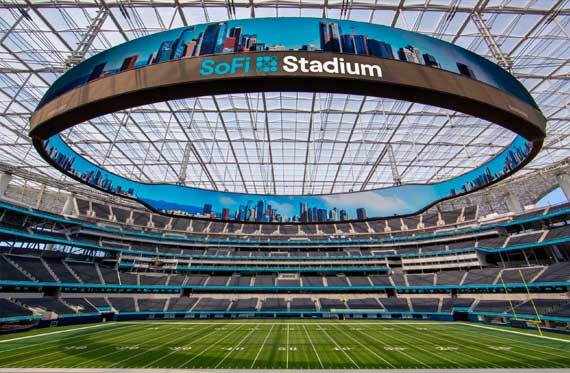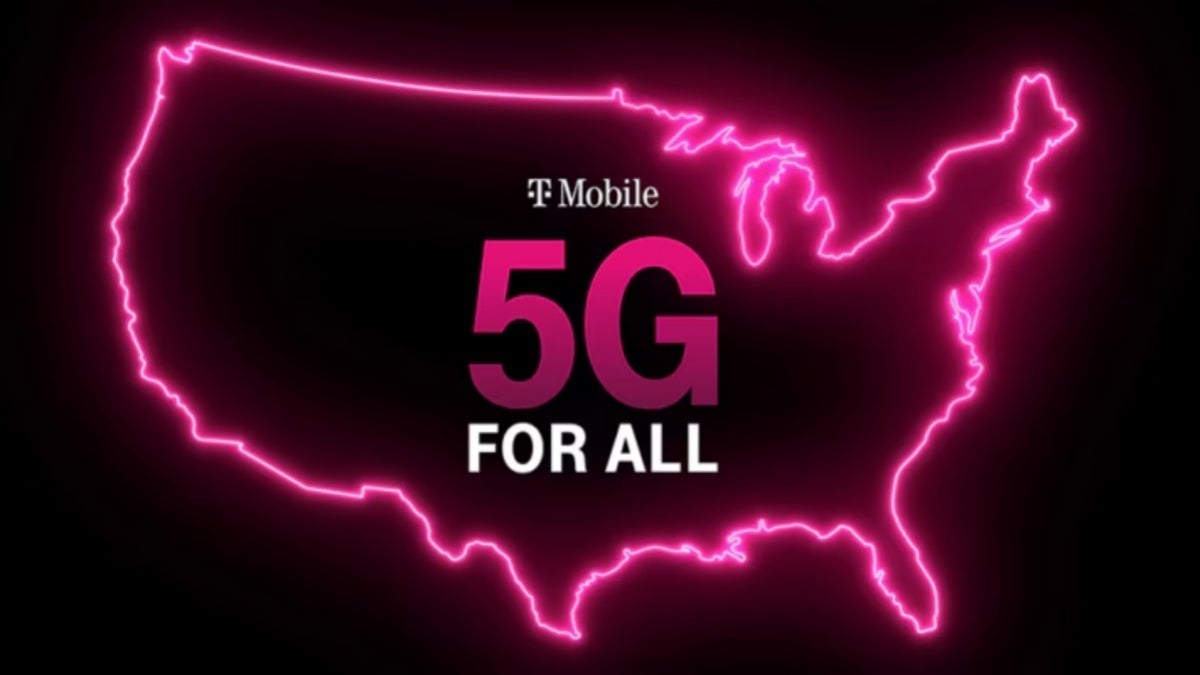
SoFi Stadium in Southern California where the test was completed. | Image credit-SoFi Stadium
For example, in previous cases, only 20% of the mmWave radio resources were allocated for uplink. In the new test, T-Mobile was able to allocate 60% of the high-band radio resources for uplink. The test was completed on T-Mobile‘s 5G SA network production network at SoFi Stadium in Southern California.
“With 5G DC, T-Mobile is pushing the boundaries of what’s possible to create better experiences in the places that matter most to our customers. This accomplishment is a testament to the network we’ve built over the last five years and our ability to deliver unparalleled capabilities that extend beyond the devices in our pockets.”-,Ulf Ewaldsson, President of Technology, T-Mobile
The equipment included 5G DC tech from networking firm Ericsson and a test smartphone using a Qualcomm Snapdragon X80 5G Modem-RF System. According to a press release, the test reveals a new system that providers can use to offer the best mobile experiences for their customers and businesses at crowded events.
Most of you are more familiar with the faster downlink speed that measures the speed at which data is transferred from the internet to your device. Uplink speed measures how fast data is transferred from your device to the internet. But upload speed, according to the press release, is becoming increasingly more important especially when it comes to live events and mobile gaming.
“High uplink speeds are essential for delivering immersive experiences and reliable 5G connectivity. This mirrors one of our key objectives with the recent launch of Ericsson 5G Advanced, which is to elevate user experience by enhancing network performance for more interactive applications. This 5G uplink speed milestone, achieved with T-Mobile and Qualcomm, underscores our commitment to taking user experience to unprecedented levels.”-Mårten Lerner, Head of Product Area Networks at Ericsson
SoFi Stadium turned out to be a perfect test site for 5G DC. That’s because millions of fans went to events held at the venue and want to be able to post about the event they’re attending, share a livestream, and discuss the game or concert they are at in real-time. But sometimes these events have limited wireless capacity, especially when there are huge crowds vying to use the wireless capacity. The technology also helps broadcast crews uploading high-definition content in real-time to production crews for home broadcasts.
T-Mobile is arguably the U.S. leader in 5G as the carrier’s network covers more than 330 million people over two million square miles. More than 300 million people nationwide are covered by T-Mobile’s super-fast Ultra Capacity 5G powered by the carrier’s 2.5 GHz mid-band spectrum.
